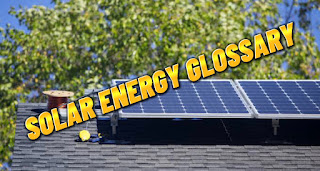Types of Generators: Separately Excited, Self-Excited, and Level Compound Generators
Generators are an essential part of modern life, providing power to homes, businesses, and industries. There are several types of generators available, each with its own advantages and disadvantages.
In this blog, we'll take a closer look at three of the most common types of generators: separately excited generators, self-excited generators, and level compound generators.
Separately Excited Generators: A separately excited generator is a type of DC generator that is powered by a separate external voltage source. This voltage source is used to power the field winding of the generator, creating a magnetic field that induces voltage in the armature winding. Separately excited generators are known for their ability to produce high levels of voltage and for their ease of control. However, they are not known for their ability to regulate voltage under varying loads.
Self-Excited Generators: A self-excited generator, on the other hand, is a type of DC generator that uses the output voltage from the generator itself to power the field winding. This creates a magnetic field that induces voltage in the armature winding, producing electrical power. Self-excited generators are known for their simplicity and low cost, but they are also known for their poor voltage regulation under varying loads.
Level Compound Generators: A level compound generator is a type of DC generator that combines both series and shunt field windings. The series field winding provides the generator with good voltage regulation under varying loads, while the shunt field winding provides a constant voltage output at no load. Level compound generators are known for their ability to produce stable voltage output across all loads, making them a suitable choice for applications where a reliable power supply is required.
In conclusion, each type of generator has its own advantages and disadvantages. Separately excited generators are known for their high voltage output and ease of control, but they do not regulate voltage well under varying loads. Self-excited generators are simple and low-cost, but they suffer from poor voltage regulation. Level compound generators provide stable voltage output across all loads, making them a suitable choice for applications where a reliable power supply is required.




Comments
Post a Comment